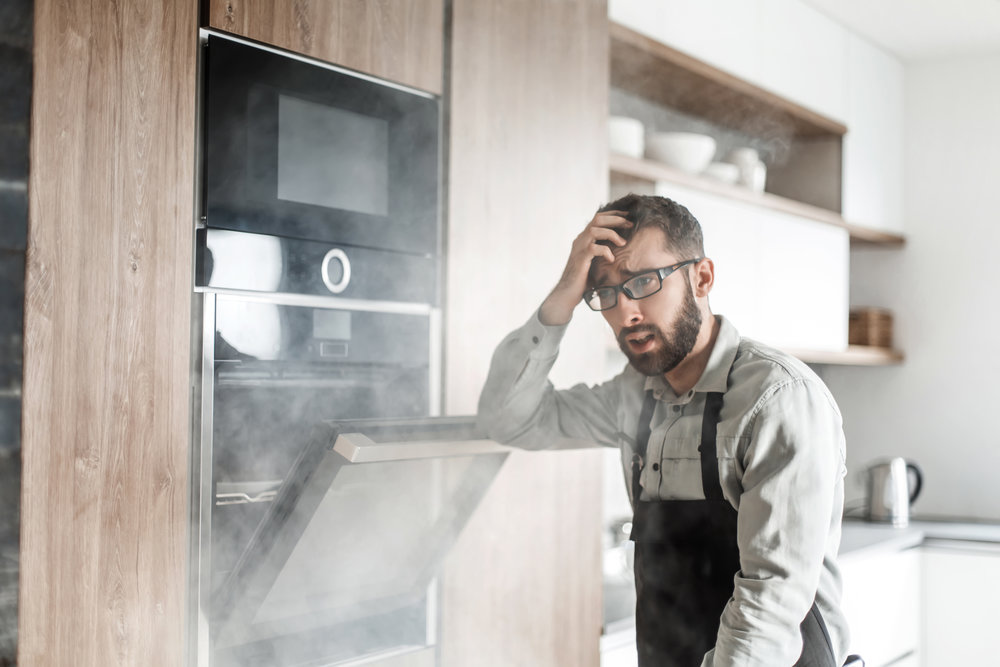Tips and Measures: Protect your home from electrical disasters
If we asked you apart from money or credit cards, what is that one thing without which you would never leave your home? The answer for a majority of you would be a mobile phone. Yes, that vital device that requires regular charging from an electrical point to work efficiently and keep you connected to anyone, anytime.
This one gadget alone sums up the importance of electricity in a household. However, apart from it, let’s not forget the daily use of power required for lights, fans, microwaves, gizmos, etc. If on the one hand, these multiple appliances make electrical supply an even more integral part of our everyday living then on the other, they may also lead to an increase in the electrical load of a household causing fire, accidents or even electrocutions because of short circuit.
So, let’s look at 5 simple ways to protect your home from electrical disasters-
- Don’t overload your outlets
The foremost rule of electrical safety at home is to be cautious of not overloading any of the electrical outlets. As every wall plug is designed to deliver a certain amount of energy, plugging in too many devices into one socket, may burden that particular point. This is hazardous and may cause the circuits to short out, spark, or get overheated. Even in case of an extension cord, be mindful of not charging high-current devices such as heaters, microwaves, ovens, into one, as it may lead to overheating and may result in fluctuations, trips and even electrical fires.
- Install surge protectors
Surge protectors are an economical way of securing your home against any voltage spikes. These devices have circuit boards that help to regulate the power by either blocking or grounding, which ensures a safe level of current passes through the equipment.
As a surge protector offers protection in joules, i.e. the maximum amount of energy it can absorb before it fails; hence, it is essential to buy the one with a higher joule rating. For maximum protection, select a protector with a grade of at least 600.
- Check cords regularly
The habit of checking cuts, cracks and damages to the cords and wires is a practice that every household should follow regularly.
The defective cords may increase the chance of electrical accidents-fire, power surges, and other serious consequences. Also, in case you see any cable even slightly damaged, avoid using it and get it checked from a qualified electrician who may either repair or replace it. Also, always buy good quality wiring that complies with safety standards.
- Store and change light bulbs cautiously
Lightbulbs come across as one of the safest electrical appliances at home. However, even these small sources of lights have the potential of becoming electrical hazards when kept near flammable materials. So, beware of where you store them. Also, when replacing the blub always turn off the light switch. Another vital thing to remember is not to use wet hands when changing or touching a light switch. Lastly, to prevent overheating check the wattage before exchanging the ampule for a new one.
- Child-proof plug points
Most of the babies and toddlers tend to make the electrical outlets their new toy and start putting objects in it. This can be very dangerous, as with electricity there is always a risk of an electrical shock. Therefore, make sure you turn standard plugs into child-proof ones by covering them with outlet caps and plugs, tamper-resistant receptacles, self-closing outlet covers, etc. It will ensure the babies do not poke their fingers or another object into sockets, thereby making the home child safe.
Despite these precautionary steps, if someone does get an electric shock, take the below measures–
- Don’t touch the person in shock. He/she may still be in contact with the electrical source and touching may pass the current through you.
- Call for medical assistance
- Switch off the source of electricity, if possible else move it away from you and the affected person.
- Touch the electrical source with non-conductors of heat such as cardboard, plastic or wood.
- Once the person is free from the electricity source, check his/her breathing and pulse. If it is dangerously slow or has stopped, begin cardiopulmonary resuscitation (CPR) immediately.
- If the person is pale or shows other signs of shock, or has fainted lay him/her down with the head slightly lower and the legs elevated.
- Don’t touch burns, break blisters, or remove burned clothing. Take him/her to the doctor.
Now that you are aware of the protective measures and some immediate steps to prevent electrical disasters at home, it is also vital to use top-quality switches and wires from companies like Havells. This will assure the unlikelihood of such situations to arise. Click here to know more!

